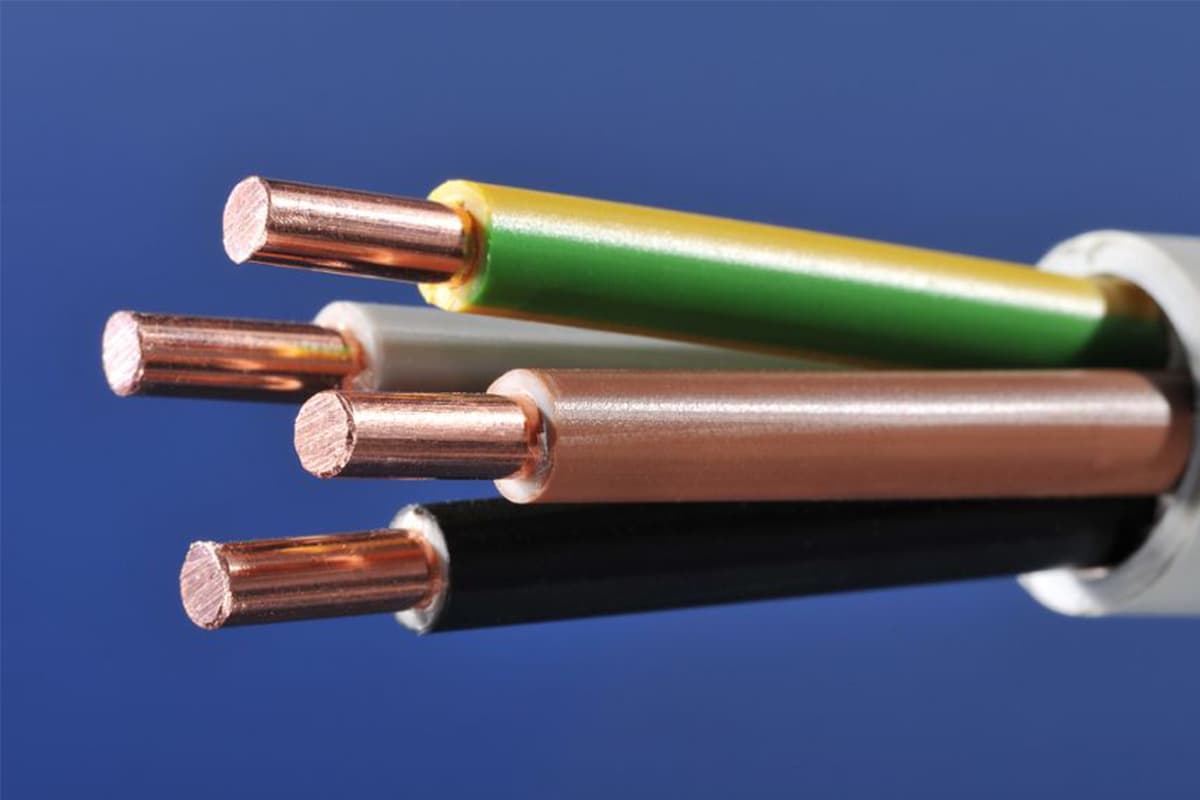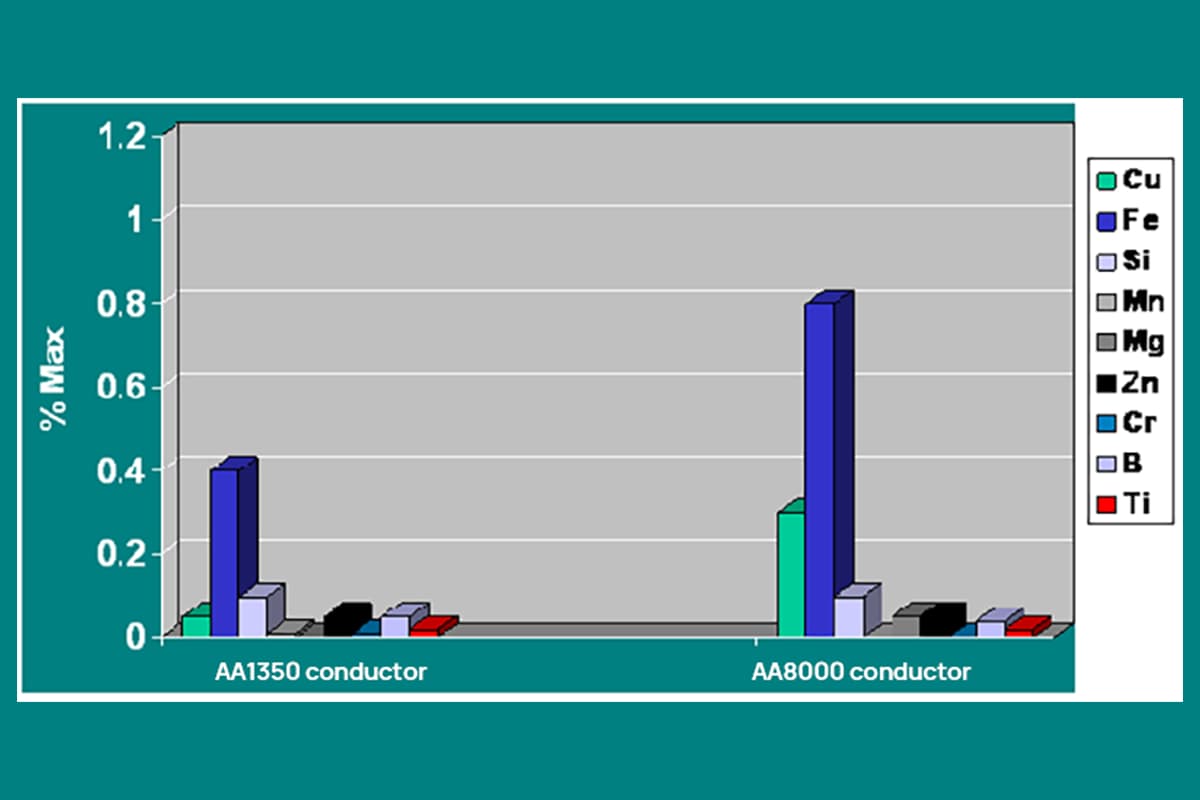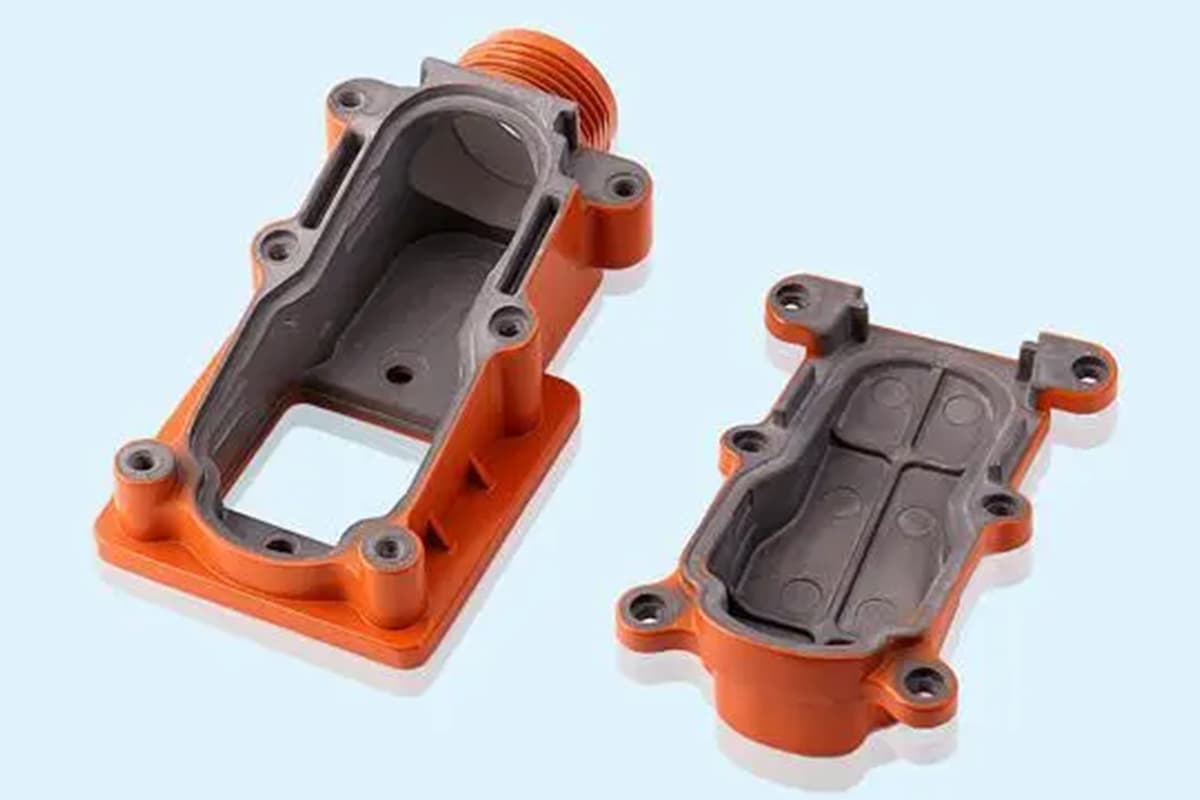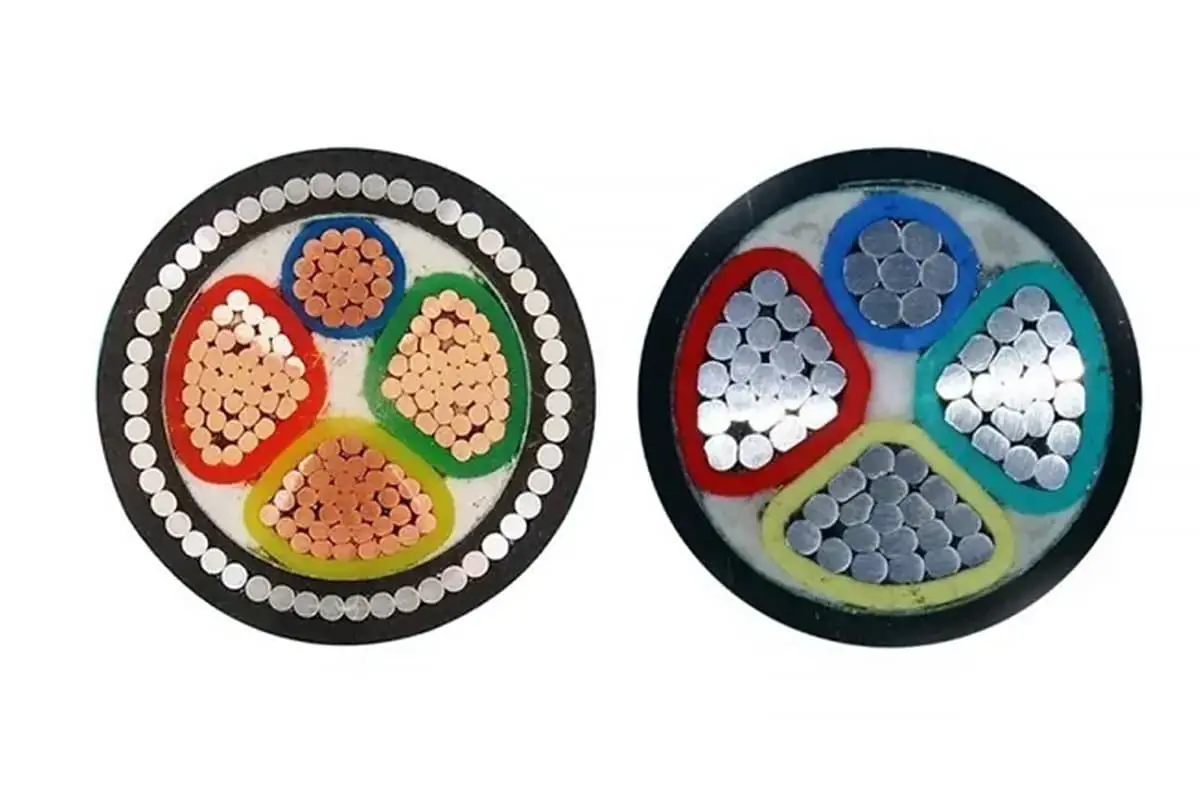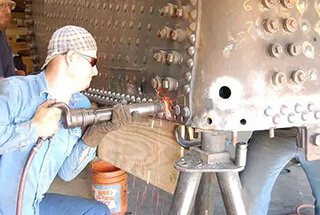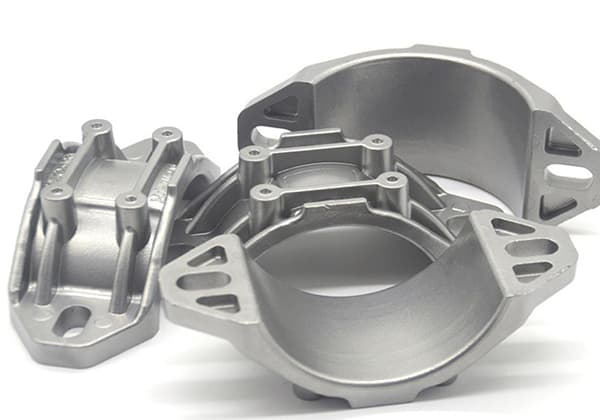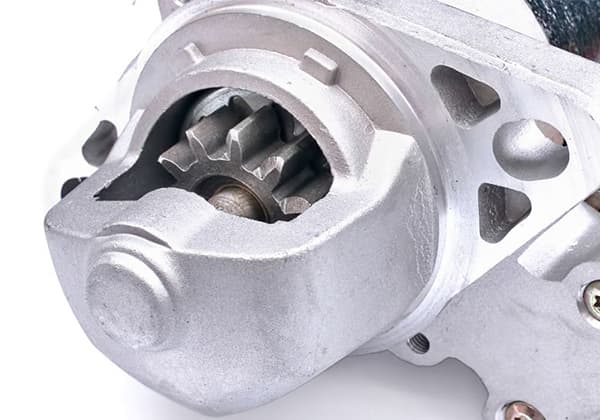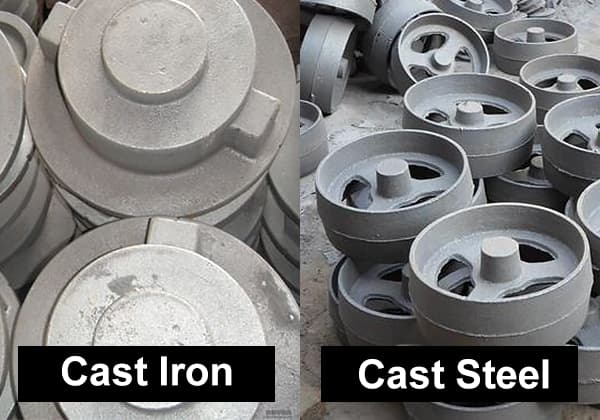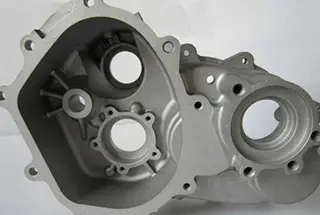
Ever wondered if aluminum bus bars can match the performance of copper while costing less? This article explores the key differences between aluminum and copper bus bars, comparing their conductivity, current density, impedance, voltage drop, temperature rise, and short-circuit performance. By reading, you’ll understand why aluminum bus bars can be a cost-effective alternative without compromising quality or safety. Dive in to learn how each material stands up in real-world applications, and what that means for your engineering projects.
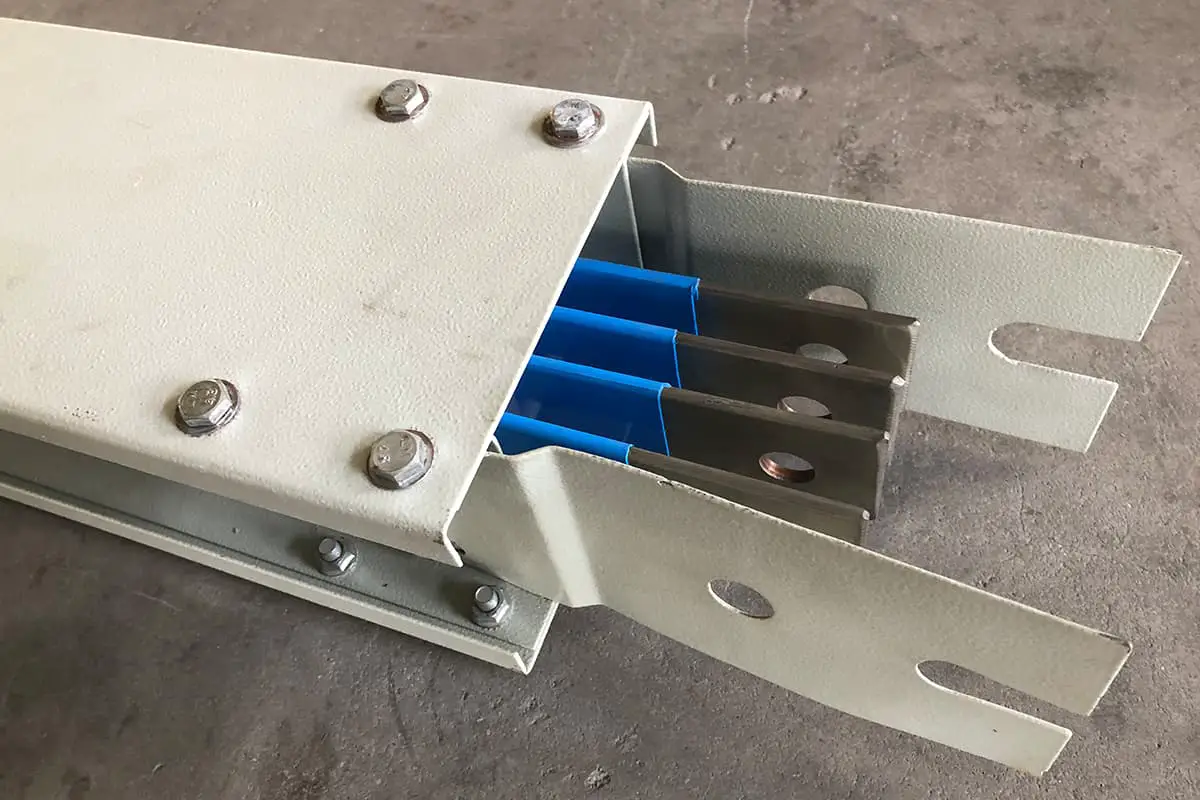
With the rise in prices of electrolytic copper materials, the cost of copper bus bars and electrical distribution in engineering have escalated. Currently, copper bus bars dominate the market.
Is there a product that performs as well as a copper bus bar but is priced lower? The answer is affirmative.
Aluminum bus bars, with their cost-effectiveness and excellent performance, can be a substitute for copper bus bars.

At present, the unit price of aluminum bus bars is around 50% of that of copper, making them a viable alternative for cost reduction without compromising performance.
This article primarily introduces the performance of our aluminum bus bars to provide a comprehensive understanding for users.
The conductivity of our copper bus bars is 99.98%, while the market-standard copper bars show a conductivity of only 52%~85%. Evidently, our company’s copper bus bar conductivity significantly outperforms that of other brands.
Moreover, our bus bars have a larger cross-sectional area, enhancing their safety factor. Given the price and weight of copper bus bars, we also offer aluminum bus bars, which use aluminum bars with a conductivity of ≥61%.
Although this is lower than that of copper bus bars, it matches the conductivity of some market copper bus bars, and the cross-sectional area of the aluminum bus bars has also increased. Therefore, the safety performance of the bus bars will not be compromised by material changes.
Comparison of current density between aluminum and copper conductors (Unit: A/mm2)
| Electric Current/Materials | 1600A | 1600A~3150A | 3150A~5000A |
| Aluminum | 2~1.5 | 1.6~1.5 | 1.5~1.15 |
| Copper | 2.5~1.78 | 1.78~1.67 | 1.67~1.59 |
Analysis of Load Current under Equal Weight Conditions:
The density of aluminum is 2.7 grams per cubic centimeter, while that of copper is 8.9 grams per cubic centimeter.
Copper’s density is approximately 3.3 times that of aluminum. Thus, under equal weight, the load current of aluminum significantly exceeds that of copper.
For instance, in a 1600A scenario, the load current of aluminum per unit weight is 2.67 times that of copper. This substantially reduces the weight of the busbar, benefiting in easing the building load and facilitating installation in construction.
The impedance values for H-P type aluminum or copper conductors used for 3-phase 50Hz or 60Hz AC power are as follows:
Unit: ×10-4Ω/m
| Rated Current(A) | 50Hz | 60Hz | |||||
| R(Ω/m) | X(Ω/m) | Z(Ω/m) | R(Ω/m) | X(Ω/m) | X(Ω/m) | ||
| COPPER | 600 | 0.974 | 0.380 | 1.045 | 0.977 | 0.456 | 1.078 |
| 800 | 0.784 | 0.323 | 0.848 | 0.789 | 0.387 | 0.879 | |
| 1000 | 0.530 | 0.235 | 0.580 | 0.536 | 0.282 | 0.606 | |
| 1200 | 0.405 | 0.185 | 0.445 | 0.412 | 0222 | 0.468 | |
| 1350 | 0.331 | 0.152 | 0.364 | 0.338 | 0.183 | 0.384 | |
| 1500 | 0.331 | 0.152 | 0.364 | 0.338 | 0.183 | 0.384 | |
| 1600 | 0.282 | 0.129 | 0.311 | 0.289 | 0.155 | 0.328 | |
| 2000 | 0.235 | .0.107 | 0.259 | 0.241 | 0.128 | 0,273 | |
| 2500 | 0.166 | 0.076 | 0.182 | 0.169 | 0.091 | 0.192 | |
| 3000 | 0.141 | 0.065 | 0.155 | 0.144 | 0.078 | 0.164 | |
| 3500 | 0.123 | 0.056 | 0.135 | 0.127 | 0.068 | 0.143 | |
| 4000 | 0.110 | 0.051 | 0121 | 0.113 | 0.061 | 0.126 | |
| 4500 | 0.094 | 0.043 | 0.104 | 0.096 | 0.052 | 0.109 | |
| 5000 | 0.082 | 0.038 | 0.091 | 0.084 | 0.045 | 0.096 | |
| ALUMINUM | 600 | 1.257 | 0.323 | 1.297 | 1.385 | 0.387 | 1.438 |
| 800 | 0.848 | 0.235 | 0.879 | 0.851 | 0.282 | 0.896 | |
| 1000 | 0.641 | 0.185 | 0.667 | 0.645 | 0.222 | 0.682 | |
| 1200 | 0.518 | 0.152 | 0.540 | 0.523 | 0.183 | 0.554 | |
| 1350 | 0.436 | 0.129 | 0.454 | 0.443 | 0.155 | 0.469 | |
| 1500 | 0.378 | 0.113 | 0.394 | 0.386 | 0.135 | 0.409 | |
| 1600 | 0.360 | 0.107 | 0.375 | 0.367 | 0.128 | 0.389 | |
| 2000 | 0.286 | 0.084 | 0.298 | 0.293 | 0.101 | 0.310 | |
| 2500 | 0.218 | 0.065 | 0.228 | 0.221 | 0.078 | 0.235 | |
| 3000 | 0.180 | 0.054 | 0.188 | 0.184 | 0.064 | 0.195 | |
| 3500 | 0.143 | 0.042 | 0.149 | 0.146 | 0.051 | 0.155 | |
| 4000 | 0.126 | 0.038 | 0.131 | 0.129 | 0.045 | 0.136 | |
| 4500 | 0.120 | 0.036 | 0.125 | 0.122 | 0.043 | 0.130 | |
| 5000 | 0.095 | 0.028 | 0.099 | 0.098 | 0.034 | 0.103 | |
Taking 1600A as an example, the impedance of copper is: R: 0.282, X: 0.129, Z: 0.311.
The impedance of aluminum is: R: 0.360, X: 0.107, Z: 0.375. Unit: (10-4Ω/m).
As can be seen, the impedance of aluminum and copper is almost the same. Low impedance can increase transmission distance and enhance the delivery of effective signals.
In terms of voltage drop, the voltage drop of copper and aluminum is calculated by the following formula:
Voltage drop calculation △V = √3 I (Rcosφ+Xsinφ)
R=R95×(1+α{55×I/I0+20}2/1+75α)
For example, when cosφ=0.8:
| Voltage drop of aluminum (V/m) | Copper’s Voltage Drop (V/m) | |
| 1600A | 0.103 | 0.098 |
| 3150A | 0.096 | 0.092 |
| 5000A | 0.086 | 0.080 |
It can be seen that although the difference in voltage drop between aluminum and copper increases slightly with the growth of current, the difference is not very significant and will not affect normal use.
If the busbar length is 100 meters, then the difference between aluminum and copper for a 3150A busbar is 0.4V, which can be virtually ignored. Therefore, in terms of voltage drop, the performance of aluminum and copper is basically the same.
According to the certification of the CCC department, the busbar temperature rise of our company complies with the national standard:
1600A Busbar:
The national standard stipulates that the allowable temperature rise at the connection is ≤70(K)
The highest temperature rise at the connection of our company’s aluminum busbar is 49.7(K),
The highest temperature rise at the connection of the copper busbar is 43.1(K).
3150A Busbar:
The national standard stipulates that the allowable temperature rise at the connection is ≤70(K)
The highest temperature rise at the connection of our company’s aluminum busbar is 52.8(K),
The highest temperature rise at the connection of the copper busbar is 51.5(K).
5000A Busbar:
The national standard stipulates that the allowable temperature rise at the connection is ≤70(K)
The highest temperature rise at the connection of our company’s aluminum busbar is 39.4(K),
The highest temperature rise at the connection of the copper busbar is 38.2(K).
From the above data, it can be seen that our company’s busbars not only comply with the national standard but are also far below the national standard.
One point worth noting is that the temperature rise difference between copper and aluminum busbars is only 2~4K.
Therefore, it can be said that our company’s aluminum busbars are not inferior to copper busbars in terms of temperature rise, and even better than most copper busbars on the market.
When a short-circuit fault occurs in the power supply circuit, the short-circuit current in the short-circuit circuit is several to hundreds of times larger than the rated current, often reaching several thousand amperes.
The short-circuit current passing through electrical equipment and conductors will inevitably generate a large electromotive force, and the temperature of the equipment may rise sharply, possibly damaging the busbar.
Therefore, the busbar must be able to withstand the short-circuit current required by the national standard.
After the CCC type test, the test results of the short-time withstand strength of our company’s aluminum busbars are as shown in the following table:
Comparison Table of Short Circuit Test Performance for Copper and Aluminum Busbars
| Materials/Test Current | Copper Busbar | Aluminum Busbar |
| 30KA | Parent Line: During a test with a current of 30KA and energization time of 1ms, the aluminum bus-bar did not suffer any damage or deformation from mechanical parts or insulators. Functional Unit: During a test with a current of 35KA and energization time of 1ms, the plug contacts showed no signs of fusion welding and there was no damage to mechanical or insulating parts. Neutral Bus-bar: With an 18KA current and energization time of 1ms, the aluminum bus-bar did not suffer any damage or deformation from mechanical parts or insulators. This completely complies with national standards. | Parent Line: With a test current of 30KA and electrification time of 1ms, the aluminum busbar sustained no mechanical or insulating part damage and deformation. Functional Unit: With a test current of 35KA and electrification time of 1ms, the plug contacts showed no signs of fusion welding, and there was no damage to mechanical and insulating parts. Neutral Line: At 18KA, with electrification time of 1ms, the aluminum busbar sustained no damage or deformation to any mechanical or insulating parts. This fully complies with the national standard regulations. |
| 65KA | Parent Line: During the test with a current of 65KA and a duration of 1ms, the aluminum busbar did not suffer any damage or deformation to any mechanical or insulating components. Functional Unit: During the test with a current of 35KA and a duration of 1ms, the plug contact did not exhibit any welding phenomena and there was no damage to any mechanical or insulating components. Neutral Line: At 39KA and a duration of 1ms, the aluminum busbar did not suffer any damage or deformation to any mechanical or insulating components. It fully complies with the national standard regulations. | Mother Line: The test current was 65KA, and the energization time was 1ms. The aluminum busbar was not damaged or deformed by any mechanical parts or insulating parts. Functional Unit: The test current was 35KA, and the energization time was 1ms. The plug contacts had no welding phenomenon, and no mechanical or insulating parts were damaged. Neutral Line: 39KA, the energization time was 1ms. The aluminum busbar was not damaged or deformed by any mechanical parts or insulating parts. It fully meets the provisions of national standards. |
| 80KA | Main Busbar: Test current is 80KA, the energizing time is 1ms, the aluminum busbar is undamaged and has no deformation from any mechanical parts and insulating parts. Functional Unit: Test current is 35KA, the energizing time is 1ms, the plug contact has no welding phenomenon, and there is no damage to any mechanical and insulating components. Neutral Busbar: 48KA, the energizing time is 1ms, the aluminum busbar is undamaged and has no deformation from any mechanical components and insulating parts. It fully complies with the national standard regulations. | Main busbar: Test current 80KA, electrifying time is 1ms, the aluminum busbar was not damaged or deformed by any mechanical parts and insulating parts. Functional Unit: Test current 35KA, electrifying time is 1ms, there was no welding phenomenon on the plug contact, and no mechanical or insulation parts were damaged. Neutral busbar: 48KA, electrifying time is 1ms, the aluminum busbar was not damaged or deformed by any mechanical parts and insulating parts. It fully complies with the regulations of the national standards. |
Our product fully complies with the national standard GB7251.2-2006. In this regard, copper and aluminum busbars share the same performance. Notably, our busbars underwent testing in Japan, where the test current was 240KA.
Consequently, the performance of our busbars not only meets national standards but also exceeds them. Thus, should a short circuit occur during usage, our busbars can withstand even harsher tests.
As is widely known, aluminum, due to its inherent properties, is easily corroded when used as a metal, especially in humid air. Harmful gases dissolve in water to form electrolytes, and when aluminum comes into contact with other metals, a primary cell reaction occurs due to differences in standard electrode potentials among metals.
The presence of impurities in aluminum can lead to microcell reactions. The critical humidity of aluminum is 65%, and the higher the relative humidity exceeding this critical level, the faster the corrosion of aluminum.
The surface of the aluminum will form an oxide film, which will generate heat during electrification, causing an excessive temperature rise at the contact surface, and may even result in an explosion.
However, the contacts of our busbars are treated with a special tin plating process that effectively solves the adverse performance of aluminum as a conductor, enabling it to be widely reused in the power transmission field.

